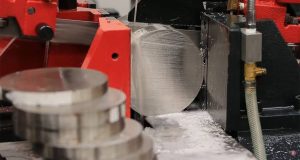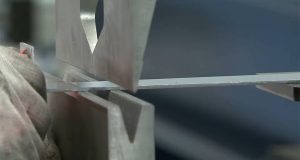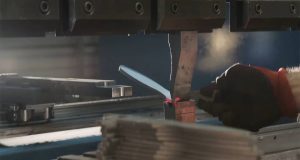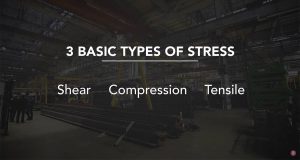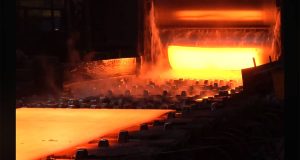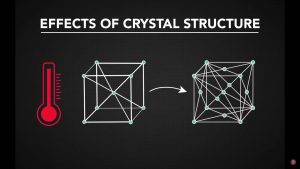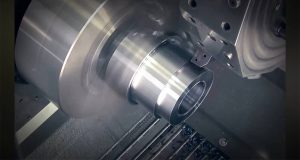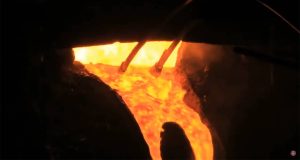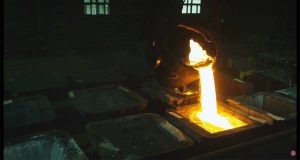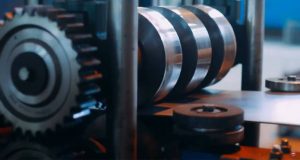Why These Two Steel Types Matter in Industrial Settings
Industrial equipment, structures, and production machinery rely on materials that can handle load, heat, and long-term operation. Alloy steel and plain carbon steel are both widely used because they balance strength, reliability, and predictable behavior. Even though both are based on iron, their performance can vary a lot due to differences in chemistry, hardness range, and how they respond to heat treatment. Understanding these differences helps manufacturers choose the right option for parts, tooling, frames, and production components.
Key Differences Between Alloy and Carbon Steel
• Composition and added elements
• Strength and toughness variations
• Heat-treating performance
• Wear resistance
• Cost and availability
• Flexibility for specialized applications
• Hardness potential
• Everyday durability under load
What Plain Carbon Steel Offers
Plain carbon steel is widely used because it provides steady and predictable performance. It contains iron, carbon, and small amounts of silicon, sulfur, manganese, and phosphorus. These additions stay below about three percent. Increasing the carbon level strengthens the metal, making it suitable for building materials, brackets, machinery frames, and basic tooling.
How Alloy Steel Functions in Industrial Applications
Alloy steel includes intentional additions such as chromium, nickel, molybdenum, or manganese. These elements help increase toughness, reduce wear, and improve the way the steel responds to heat treatment. This makes alloy steel useful in settings where parts must carry heavy loads, resist fatigue, or maintain shape during long hours of operation.

Alloy vs. Carbon Steel Comparison
| Feature and Performance | Plain Carbon Steel | Alloy Steel |
|---|---|---|
| Composition | Iron and carbon with minimal impurities | Iron plus chromium, nickel, molybdenum, or other additions |
| Hardness Potential | Based on carbon level | Improved by added elements |
| Heat Treatment Response | Good, varies with carbon | Excellent for specialized hardening |
| Wear Resistance | Fair to strong depending on carbon | Strong to very strong |
| Cost | Lower | Higher |
| Toughness | Moderate | Very good |
| Industrial Use Range | General building, machinery, tools | High-stress parts, heavy machinery, specialty components |
How Steel Grade Identification Helps Buyers
Steel grade numbering helps buyers understand whether a material contains added elements. The first two digits identify the steel family. Letter codes may also be added to show how the steel was produced or processed. For example, E indicates electric-furnace steel, H relates to hardenability, B indicates boron, and L refers to lead. These details help manufacturers select materials that match performance expectations for specific parts.
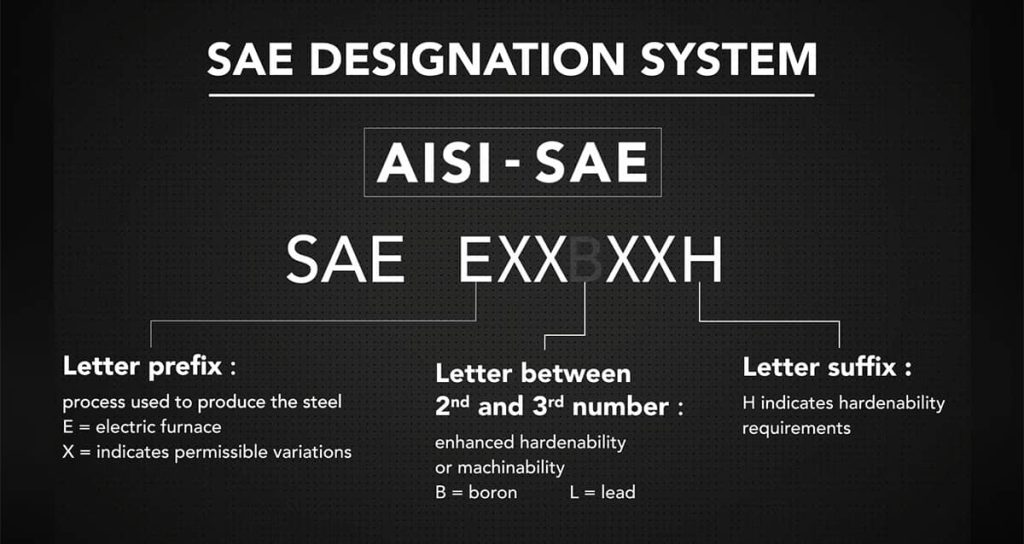
Typical Uses for Plain Carbon Steel
• Structural beams
• Machinery supports
• Automotive parts
• Shop fabrication projects
• General-purpose tools
Test Your Knowledge: Take the Carbon Steel Quiz
If you want to check how well you understand carbon steel grades, properties, and industrial uses, visit SawbladeUniversity.com and try the Carbon Steel Quiz. It’s a quick way to review key concepts, reinforce what you’ve learned, and see where your knowledge stands. It’s helpful for students, machinists, fabricators, or anyone looking to sharpen their understanding of steel selection.
Where Alloy Steel Becomes More Practical
Alloy steel is used when high load strength or added resistance to wear is required. These steels perform well in parts that must stay stable under stress or repeated use, including high-load shafts, gears, and heavy machinery components. They are also preferred for items that need controlled hardness after heat treatment.
Signs You Should Choose Carbon Steel
• You need a budget-friendly material
• The part does not require advanced wear resistance
• Predictable, steady behavior is important
• You want strong material without special processing steps
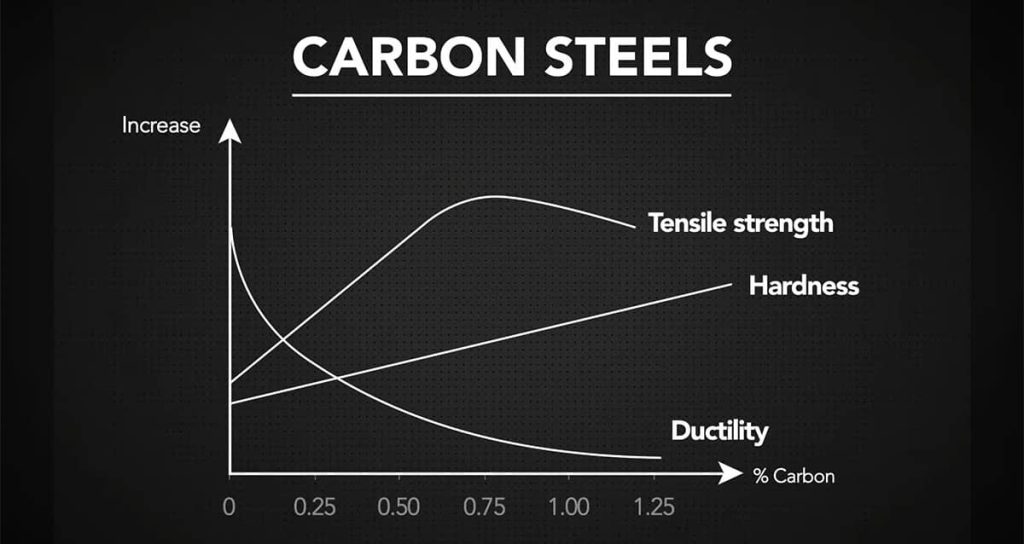
Learn More About How Metal Structure Affects Performance
If you want a clearer understanding of why some metals bend easily while others resist deformation, take a look at our article “The Role of FCC Structure in Metal Ductility.” It explains how atomic arrangement influences flexibility, strength, and overall behavior under load. This added insight helps you choose the right metal for shaping, forming, and industrial applications where ductility matters.
When Alloy Steel Is the Better Fit
• Parts face impact or vibration during operation
• Higher wear resistance is required
• Heat-treating adjustments are part of the plan
• The component must handle demanding mechanical loads
Both steel types serve important roles in industrial work. Plain carbon steel offers steady performance for general construction, machinery parts, and everyday fabrication needs. Alloy steel brings improved toughness, better wear resistance, and more heat-treating options for demanding applications. Selecting the right material ensures better durability, longer service life, and dependable performance across a wide range of industrial tasks.

